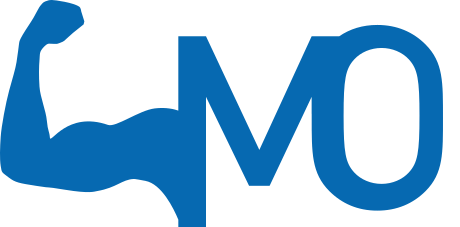A commonly injured muscle is the calf muscle and its tendon called the Achilles tendon. Achilles tendinitis is a condition caused by overuse of this tendon and often happens as a result of a sports injury. Calf muscle pain is also a common sports injury. Some muscles in the ankle play an important role in providing mobility and stability. Training the calf muscles is important for creating a strong ankle joint and to prevent Achilles and calf problems.
The following exercise is typically performed when an Achilles or calf complaint is improving. Some strengthening exercises can have harmful effects. Please ask your healthcare professional for advice if this Achilles and calf strengthening exercise is suitable for you.
Always consult a therapist first, to determine if this low back exercise is good for you. If you don't have a therapist yet, please find one near you by using our therapist map.
Special note: This strengthening exercise focuses on the calf muscle and the Achilles tendon. It can be done very easily and is typically performed by people who recover from ankle complaints, Achilles tendinitis or calf muscle problems.
List of conditions which could benefit from this exercise
A diagnosis or exercise prescription for the following conditions should only be given by a medical doctor or your healthcare professional . This list has merely been provided to discuss with your therapist.
- Achilles tendinitis
- Achilles tendinosis
- Calf muscle strain
- Mechanical foot complaints
- Mechanical ankle complaints, ankle sprain, ankle strain, ankle ligamentous tear.
General tips for ankle and foot exercises
- Warming up: Make sure you warm up with a 5 to 10 minute low impact activity, for example walking or using a spinning bike (stationary). This exercise should preferably not be done within the first 15 minutes of getting out of bed in the morning.
- Foot or ankle pain: Pain is a warning signal, therefore never ignore it. Strengthening exercises should not be done in a painful state.
- Calf pain: Calf pain could also be from a non-muscular origin. If in doubt, please contact your doctor.
- Speed: Do not hurry. This exercise should be done slowly.
- Exercise both legs: This makes it easy to compare the injured leg with the non-injured leg.
- Stay alert: think about doing the exercise rather than performing the exercise automatically.
- Change old footwear: Calf or Achilles tendon problems may be the result of bad foot wear. It could be a good idea to replace the shoes or sport shoes you were wearing when you became injured.
- Think about orthotics: Each foot has its own unique shape and its own biomechanics. Sometimes the feet may require custom-built shoes or orthotics. Ask your healthcare professional for more advice.
- Prevention: Do a proper warm up and stretch before doing exercises or sports. Make sure you run on flat surfaces. Try to avoid exercising or playing sports when you are in pain or when you are tired. Maintain a healthy weight.
- RICE: For minor sprains or strains, the following abbreviation advice can be applied as a treatment: RICE: Rest, Ice, Compression and Elevation. Always consult your doctor or healthcare professional first before doing any exercise. Did you know? healthcare professional use a combination of manual and gentle manipulative therapy, movement training and exercises to achieve the best quality of care. Healthcare professional also offer you personal advice on mobility and strengthening exercises, postural advice, diet, lifting procedures and more.
Did you know?
Healthcare professional use a combination of manual and gentle manipulative therapy, movement training and exercises to achieve the best quality of care. Healthcare professional also offer you personal advice on mobility and strengthening exercises, postural advice, diet, lifting procedures and more.


